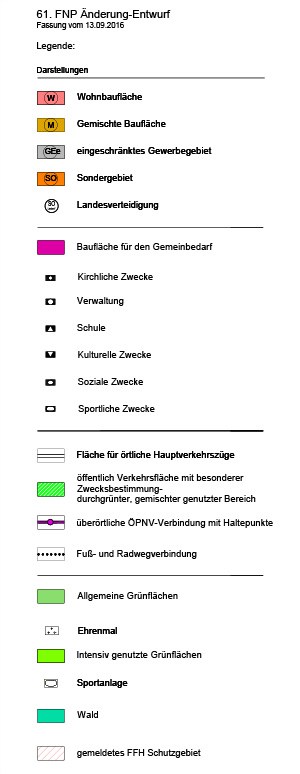Events in the context of the conversion project
November 2015
A New Place of Remembrance to be Established at the Original Site of the Tragedy
A way is being paved for the creation of a new place of remembrance at the Old Tower: At a symposium organized by the administrative district office, researchers and representatives from politics and society discussed the plans to erect a memorial for the victims of the Munich Massacre of 1972 at the air base site. It became apparent that the site was not only to become a place of remembrance but also one of meeting and learning.
The almost 200 participants were welcomed to the officers’ quarters with a projection showing two burned-out helicopters as viewed from the Old Tower. In a failed rescue attempt, nine athletes from Israel and a German police officer were killed at the airfield. On 5th September 1972, the athletes had been taken hostage by Palestinian terrorists in the Olympic Village.
Fürstenfeldbruck Town Hall to Host Exhibition on Conversions
Taking up “Quarters in Munich”
From December 2014 to the end of January 2015, the traveling exhibition “Taking up Quarters in Munich” is on display at Fürstenfeldbruck town hall at Hauptstraße 31.
This exhibition focuses on former military territory that has been converted within the city limits of Munich since the beginning of the 1990s. Presenting a number of short profiles of converted barracks areas, the exhibition illustrates how military sites can be developed into vibrant residential quarters. In this context, different planning approaches and different ways and means were chosen as well as different results were achieved. With the help of selected examples, visitors can also learn about the complex spectrum of tasks to be tackled and the opportunities a conversion can offer in terms of urban development.
The approaches taken and results achieved in Munich cannot be copied and applied to Fürstenfeldbruck as they are. The overall conditions as well as the pursued targets and implementation strategies are different. That is why appropriate tools, targets and strategies need to be developed for each municipality and each conversion area individually.
Information on the status quo, the problems and risks, the potentials and fields of action in Fürstenfeldbruck are also presented.
Rollups to viewFirst Public Information Event about the Air Base Conversion on 4th March 2013
Opening address by Mayor Mr. Kellerer
Presentations by the parties involved in the conversion process
- Bundeswehr (German Armed Forces) as the present user of the property (Colonel Scheibl)
Conversion from the Bundeswehr perspective - BImA (Institute for Federal Real Estate) as the owner of the property (Mr. Hans-Peter Fehr)
Role and interests of the BlmA - Stadt Fürstenfeldbruck (Fürstenfeldbruck town administration) as the municipal planning authority (Mr. Kornacher, head of the municipal planning and building control office)
Planning and decision-making processes, targets - Professor Mark Michaeli, TU München (Technical University of Munich)
Preparatory studies, presentation of fundamentals and short analysis
Citizen dialogue
Ideas and questions brought forward by citizens







